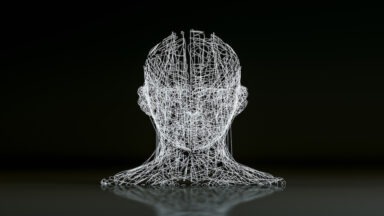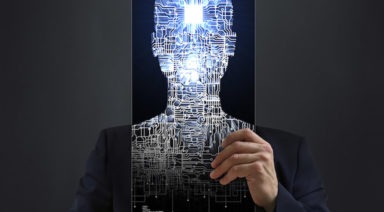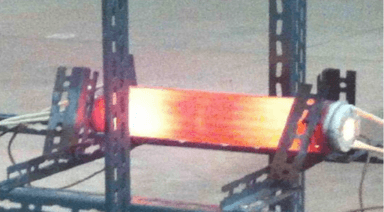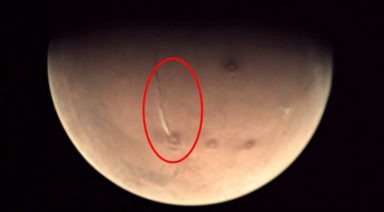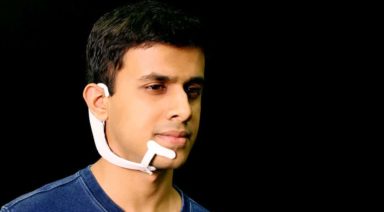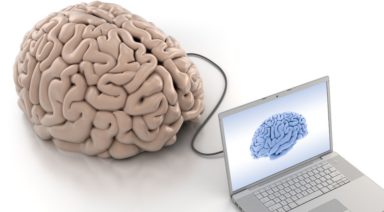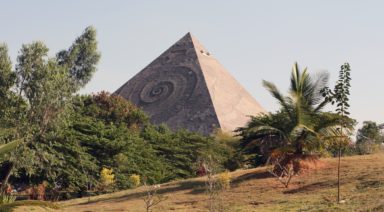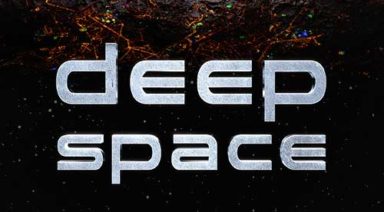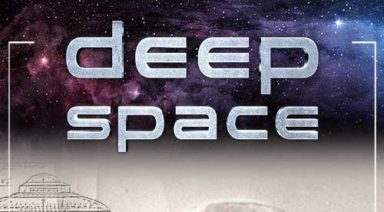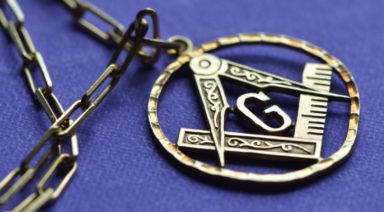One of the Oldest Conspiracies Proven True: Project Echelon
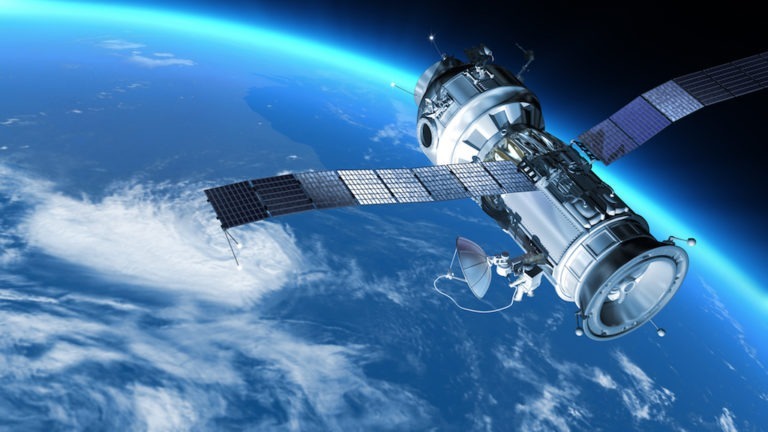
When Edward Snowden disclosed the vast conspiracy of a multinational surveillance apparatus, it was vindication for Duncan Campbell who spent decades uncovering one of the biggest facets of government overreach, Project ECHELON. And though it took nearly a lifetime to attain that justification, Campbell turned one of the oldest conspiracies into veritable fact: someone is always listening.
What is Echelon?
Shortly after WWII, five of the world’s major powers – the U.S., U.K., Australia, New Zealand, and Canada – signed onto a joint surveillance program in the aftermath of the Allies cracking the German “Enigma” and Japanese “Purple” codes. Understanding the importance of intercepting and monitoring signals intelligence, or SIGINT, these five countries, known as the Five Eyes, signed onto the UKUSA agreement, which divvied up segments of the world for each country to monitor.
Signals intelligence monitors all signals received from electronic communications, including radio, radar, telemetry, and just about any type of broadcasted signal. The advent of satellite technology in the late 50s matched with Cold War paranoia led to a rapid expansion of the program, indiscriminately monitoring all communication signals worldwide. Project P-415, nicknamed ECHELON, became the dragnet surveillance program between the five nations, though it was controlled entirely by the National Security Agency – the American intelligence branch operating under the Department of Defense. The U.K.’s intelligence agency, the Government Communications Headquarters, or GCHQ, became the secondary arm of the ECHELON program.
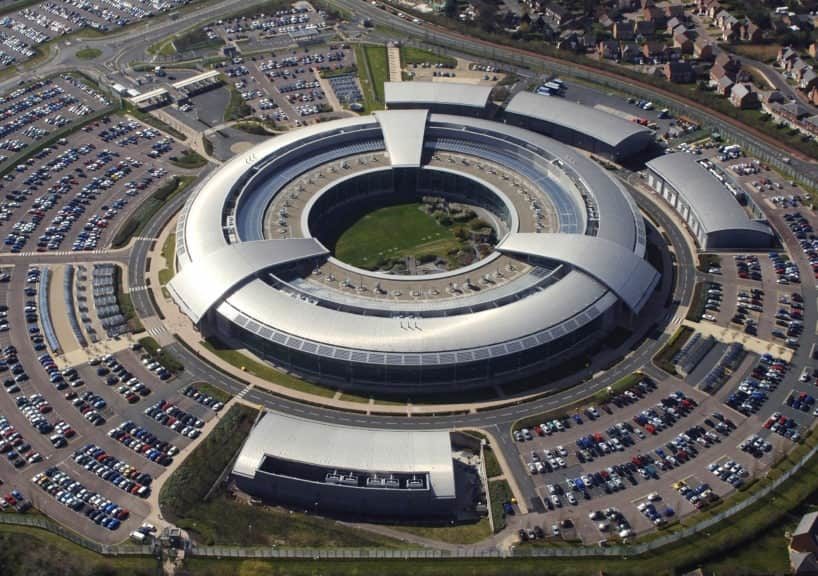
GCHQ
Through ECHELON, billions of satellite communications were, and continue to be, intercepted and stored in facilities around the world, before being sifted through by computer algorithms searching for keywords that raise red flags. The technology is also able to target individuals using not just phone numbers, but also voice recognition software. The program’s capabilities allow it to target almost anyone on the planet including world leaders, businesses, and private individuals. Despite this fact, it has, more often than not, failed its ostensible job of preventing major acts of terrorism.
Where was ECHELON?
Though there are a number of ECHELON satellite intercept stations around the world, there are a few key locations pointed out by Campbell and other whistleblowers. The largest operation is located at the RAF Menwith Hill station in Yorkshire, U.K.,where over 300 million emails and phone calls are monitored daily. Campbell and colleagues have pointed out that a clear indication of ECHELON-involved stations are large geodesic domes, known as radomes. Beneath these domed enclosures are satellites, hidden from eyes that may be curious of their orientation.
In the U.S., the primary station of ECHELON activity was originally at the Army’s Yakima Training Facility in Washington. But that location has since moved to Buckley AFB in Colorado, home to more extensive infrastructure with supercomputers able to process the copious amounts of data collected there.
Another important base is the Pine Gap surveillance facility, located near Alice Springs in Australia’s Northern Territory. Codenamed RAINFALL, this base is a main hub of cell phone geolocation, supposedly necessary to more precisely track terrorist targets with drone strikes.
Though the sentiment of drone operators doesn’t seem to support this alleged precision. Instead of targeting specific people based on traditional intelligence, the program targets the SIM cards of cell phones. This has proven to be an unreliable tactic that often results in the death of innocent civilians.
According to the Snowden leaks, U.S. operated stations also exist in countries outside the Five Eyes, including Brazil, Germany, India, Japan, and Thailand. Stations operated by GCHQ and Australian intelligence exist in Cyprus, Kenya, and Oman.
All the information collected globally is processed and sent to NSA headquarters in Fort Meade, Maryland, where it is filtered before the agency decides what it feels comfortable sharing with the other nations involved in the program.
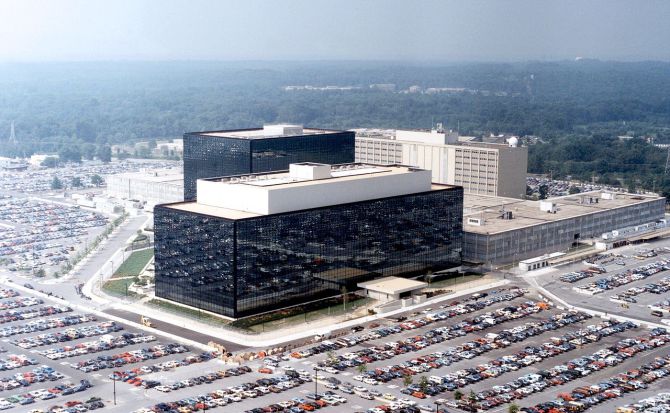
NSA Headquarters – Fort Meade, Maryland
In addition to ground-based intercept stations, the U.S. launched several, billion-dollar satellites to intercept signals transmitted into the atmosphere that would normally diffuse into space. These satellites, though classified, are said to have 300 ft. diameter umbrellas and are put into highly elliptical orbits to capture signals from the largest possible area.
It is believed the U.S. launched several of these satellites since the early 90s, in order to intercept broadcasts with the ostensible purpose of monitoring ballistic missile flight telemetry. TRUMPET, MERCURY, and MENTOR are the codenames given to these satellites believed to be in geosynchronous orbit collecting SIGINT.
These satellites are able to intercept and relay every signal type for the NSA’s surveillance needs. This includes COMINT, communications between people; ELINT, electronic signals other than voice, such as radar, satellite, telemetry; MASINT, the signatures of electronic instruments; and FISINT, electromagnetic emissions from testing of foreign aerospace, surface and subsurface systems.
The ABC Trial and Campbell’s Life of Prosecution
Ironically, Campbell was first introduced to the intelligence world through his mother, who worked as a mathematician under Alan Turing during WWII. But it wasn’t until much later that she discovered she had been working for England’s Secret Intelligence Service, MI6. Little did she know that her son’s lifework would be to reveal the British government’s intrusive surveillance habits.
Campbell’s first exposé on GCHQ’s surveillance tactics was titled “The Eavesdroppers,” published in The New Statesman in 1977. His article was the first to detail the extensive level of surveillance being carried out by the Five Eyes, through information he obtained from American whistleblower, Perry Fellwock.
Shortly after publishing, Campbell found other whistleblowers who wanted to come forward, including former signals intelligence operator, John Berry, and journalist, Crispin Aubrey. After the three met to discuss what Berry knew from working for GCHQ in Cyprus, they were immediately arrested for “possessing unauthorized information.”

Duncan Campbell (L), Crispin Aubrey (center), and John Berry (R) via CrispinAubrey.org
They soon found themselves involved in what became known as the ABC Trial, after the first initials of each of their surnames. During the trial, it became evident that none of the information Berry divulged to Campbell and Aubrey had been classified. GCHQ found itself caught in an embarrassing position, unsure what was technically classified and what wasn’t, while trying to intimidate the trio with counts of treason.
From there, Campbell continued investigating the larger network of surveillance stations throughout the world, eventually leading him to consultants working for the NSA. One such agent was Oliver Selfridge, who later became known as the father of machine perception, or artificial intelligence.
Selfridge gave Campbell definitive evidence of a connection between the NSA and the other Five Eyes nations, what Campbell described as an “umbilical link.” They went on to publish a report on this international surveillance cartel, titled “The Billion Dollar Phone Tap.”
Campbell continued to investigate rifts within the Five Eyes, exposing attempts by the GCHQ to launch its own SIGINT satellite, codenamed ZIRCON. He published the fact that the agency appropriated half a billion dollars to build the satellite without receiving permission, or even telling Parliament about it.
He produced a video documentary about ZIRCON at the request of the BBC, titled Secret Society. But when the network realized the gravity of Campbell’s investigation, it pulled the documentary and refused to air it. Campbell was still able to publish his piece in the New Statesmen, but not before its offices were raided and he was forced into hiding.
Authorities then raided the BBC and fired its director. Campbell’s documentary aired a year later and the ZIRCON satellite was never completed.
ECHELON in the U.S.
Campbell went on to interview an NSA contractor who informed him of the automated surveillance program sorting the mass quantities of data collected by Five Eyes intelligence agencies. One of those whistleblowers was a Lockheed contractor named Margaret Newsham.
Newsham was stationed at Menwith Hill where she noticed personal communications were being gathered on prominent U.S. government officials, including Rep. Strom Thurmond. She had been in charge of maintaining the array of computer systems carrying out this automated surveillance, before she realized what they were used for.

Campbell soon discovered the two primary stations the U.S. was operating, in Yakima, WA and Bude, an array in northern England. He discovered the stations had been used to spy on civil rights leaders and government dissidents through a convoluted web of communications, routed from U.S. satellites to U.K. stations, in order to avoid breaking domestic spying laws.
But his reports were largely ignored, until E.U. Parliament opened an investigation in 1999, passing sweeping legislation against the invasive mass surveillance just six days before the terrorist attacks on 9/11. Inevitably, those regulations were rescinded.
Campbell’s affirmation came 13 years later when Snowden blew the whistle on the NSA. In the documents he leaked, Campbell found definitive, written accounts of ECHELON and its existence dating back 50 years.
Today the program undoubtedly continues, with public acquiescence from a perceived necessity to prevent terrorism. Yet terrorist attacks continue to occur, domestically and abroad. What has also become clear is that these agencies have been, and continue to operate autonomously, eavesdropping even on high-ranking politicians.
If nothing is done to put an end to this type of unfettered surveillance, we may find ourselves in a police state, in which private matters could be used as blackmail or worse, privacy no longer exists.
Encryption software is the first step to protect one’s privacy, while understanding that sensitive material shouldn’t be presumed safe. Unless extreme measures are taken, assume your communications are being listened to and take the appropriate measures.
If Snowden and Campbell were able to get this information out there after all these years, at least we know all is not lost. It is still possible to hold some accountability to power.
Boeing Images, Patents of Mothership Appear to be from Area 51

Since the public became aware of the clandestine Area 51 installation at Nevada’s Groom Lake, it has forever been associated with secret advanced technology and extraterrestrials. And now, Boeing’s release of several concept drawings showing a reusable “mothership” spacecraft have provided a glimpse into the type of skunkworks projects developed there.
The Drive’s WarZone, first picked up on the release of these illustrations in January, before dissecting them in a post published a few weeks later.
By analyzing the landscape and apparent model year of a car in the drawings, the two determined the mockups came from the late 1980s or early 1990s. They identified a Ford Bronco and the distinctive hills of Groom Lake, saying these resemblances are almost certainly a depiction of Area 51.

What makes the photos so fascinating is the advanced technology of the spacecraft and its similitude to reports of triangular UFOs seen numerous times in the area over the years.
The illustrations seem to match perfectly with one of Boeing’s patents for a “two-stage-to-orbit” system and depicts a mothership carrying a smaller craft in its undercarriage. The craft’s description says it would be launched on unannounced missions to space and deploy payloads into orbit, before landing at any number of airfields around the world. These capabilites would have been unattainable through standard rocketry, not to mention its design far precedes modern reusable rockets like SpaceX’s Falcon 9.

The mothership appears to be propelled by air-breathing jet engines, while the smaller jet contained within it appears to have a scramjet engine – an advanced propulsion system capable of achieving hypersonic flight into space. The craft also seems to have a heat shield on its undercarriage similar to those found on the space shuttle.
Those in the UFO community have pointed out that the smaller, “parasite” craft depicted in the illustrations has a similarity to the infamous TR-3B craft witnessed countless times over the past decades.

According to The War Zone, the craft was likely an experimental product of the Cold War and the government’s desire to gain an edge on the Soviets. But they also said it wouldn’t be a surprise if a concept like this was being revived and updated with modern technology, given recently expressed desires for a space force and the paranoia around space warfare. There have also been pictures that recently surfaced, showing a new hangar at Area 51 without a roof or with a retractable roof, sparking conjecture as to whether some new technology is currently under development.
While the release of these drawings is certainly fascinating, there are still numerous questions left unanswered.

Did this project ever even come to fruition? Is this some type of reverse-engineered alien craft from Area 51? And could this have been the culprit behind decades of mass sightings of a black triangle UFO, a.k.a. the TR-3B?
Furthermore, could this have anything to do with the mysterious triangular object hovering past the ISS earlier this year?
Want more on the strange occurrences at Area 51? Check out this documentary The Secret: Evidence That We Are Not Alone in The Universe:







